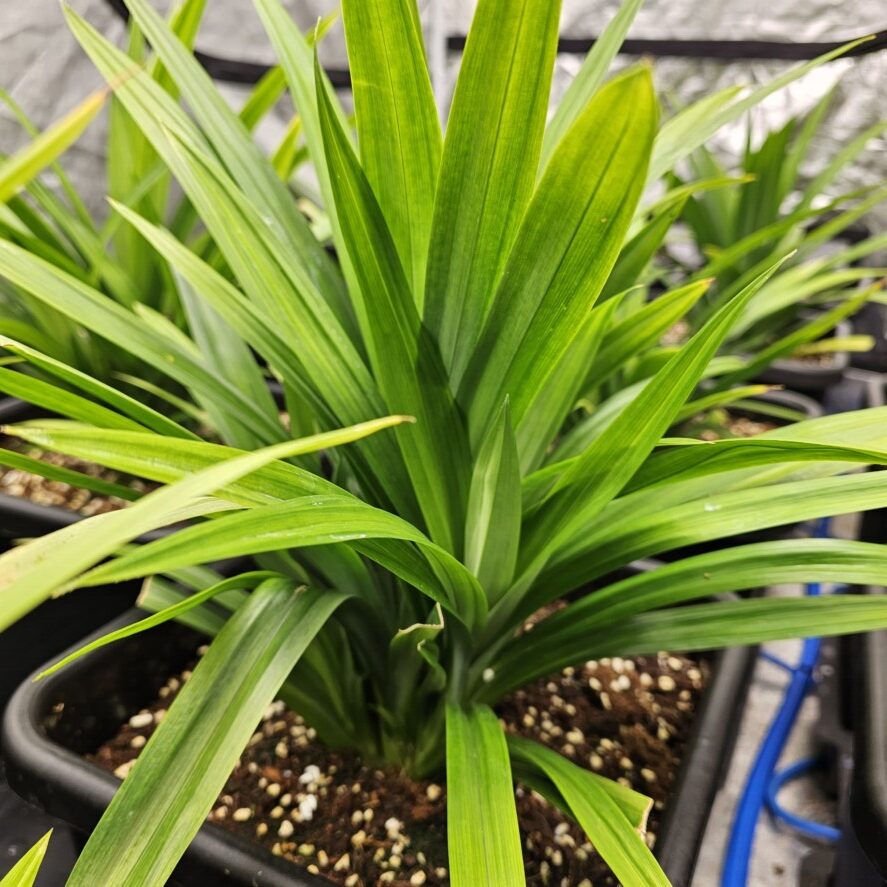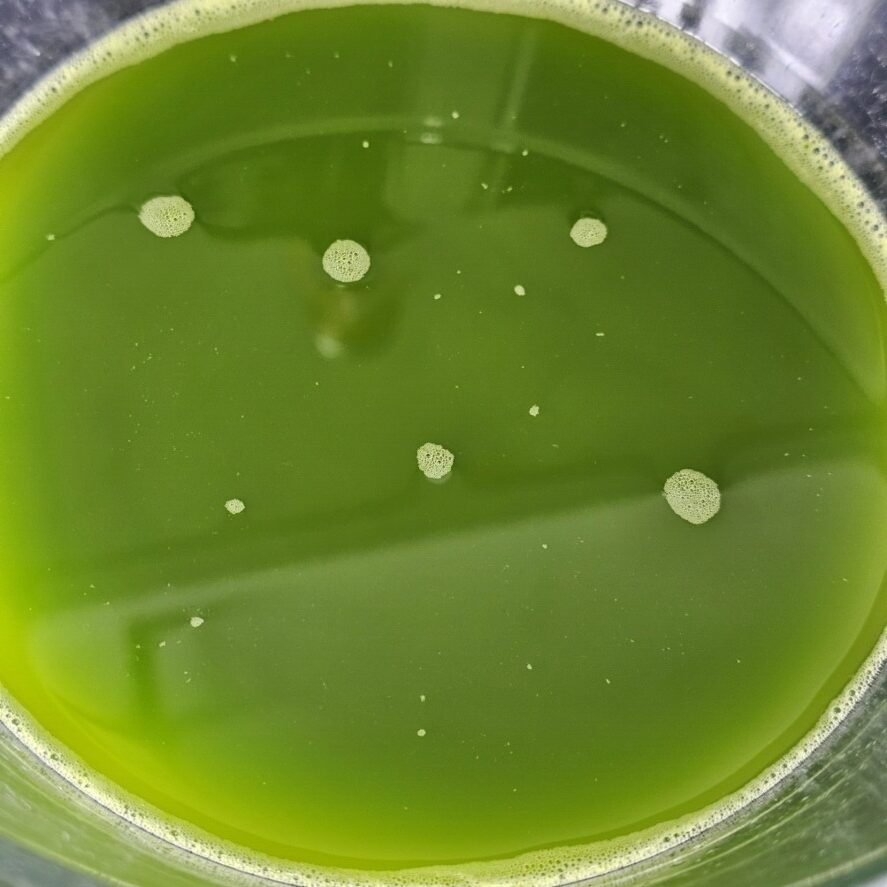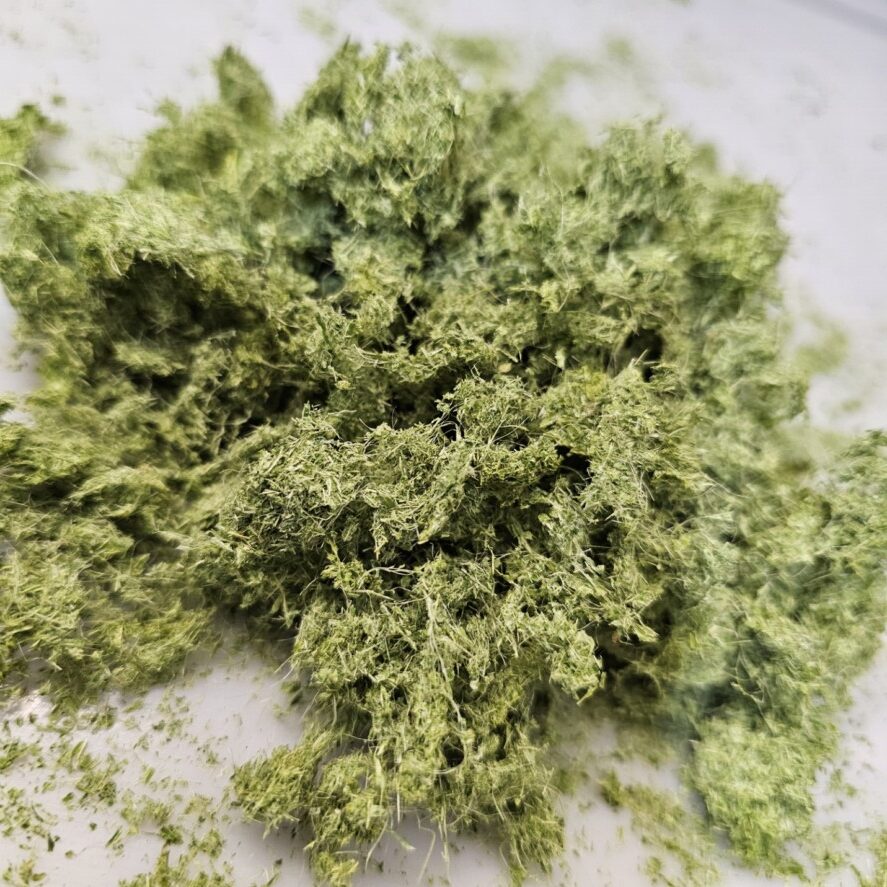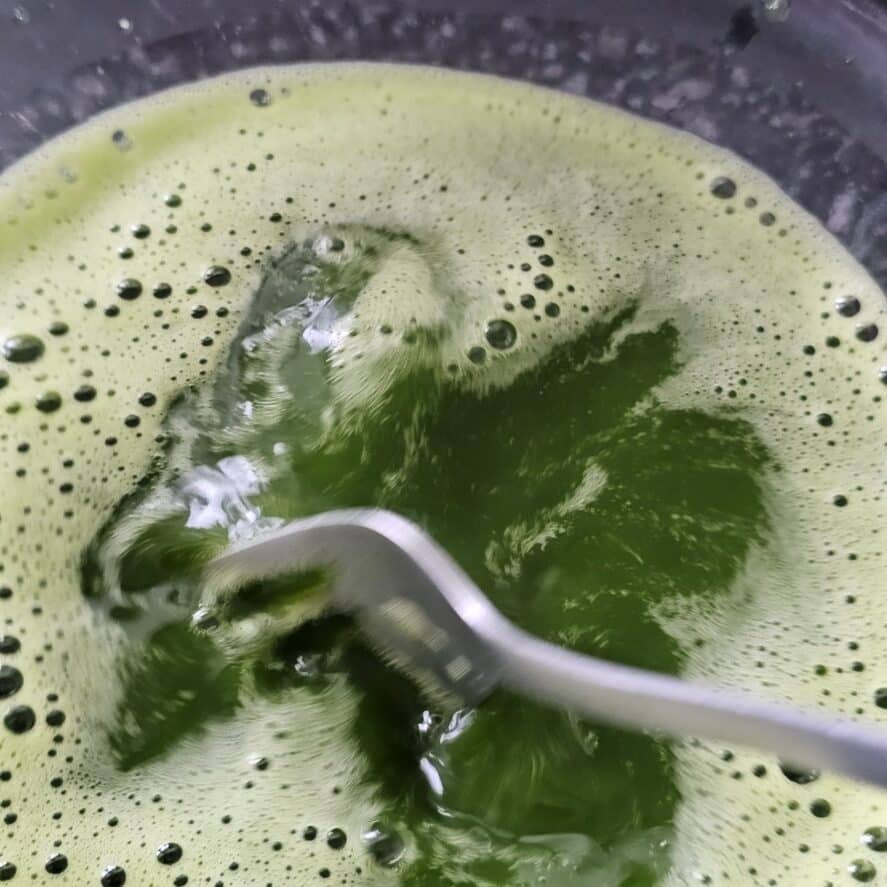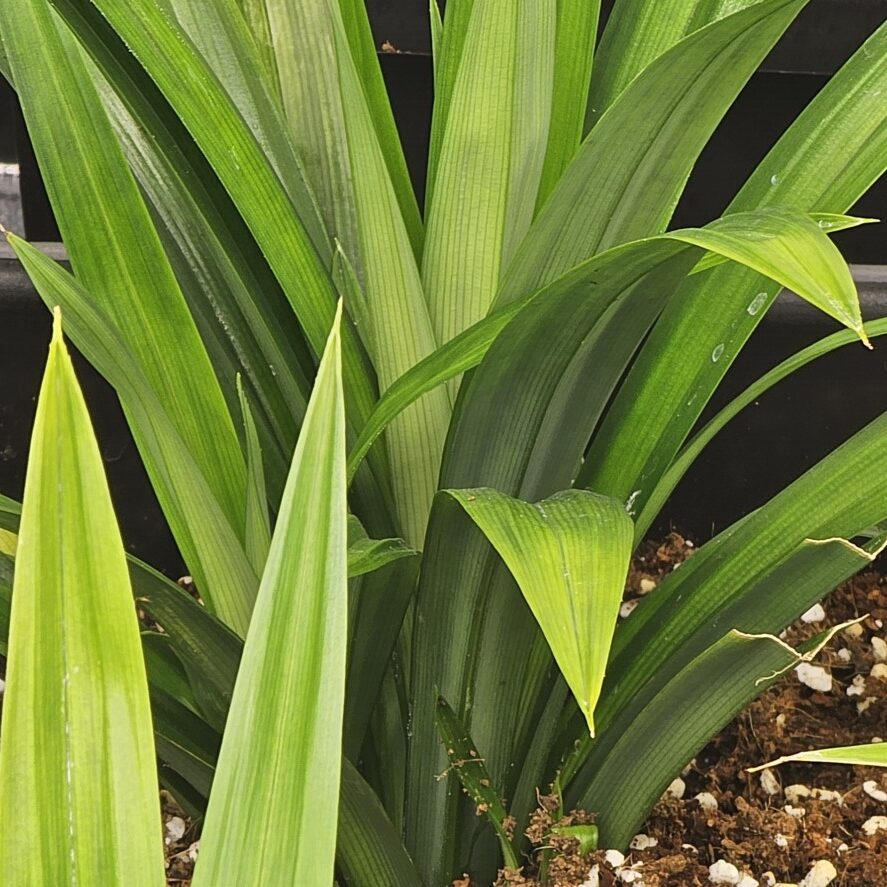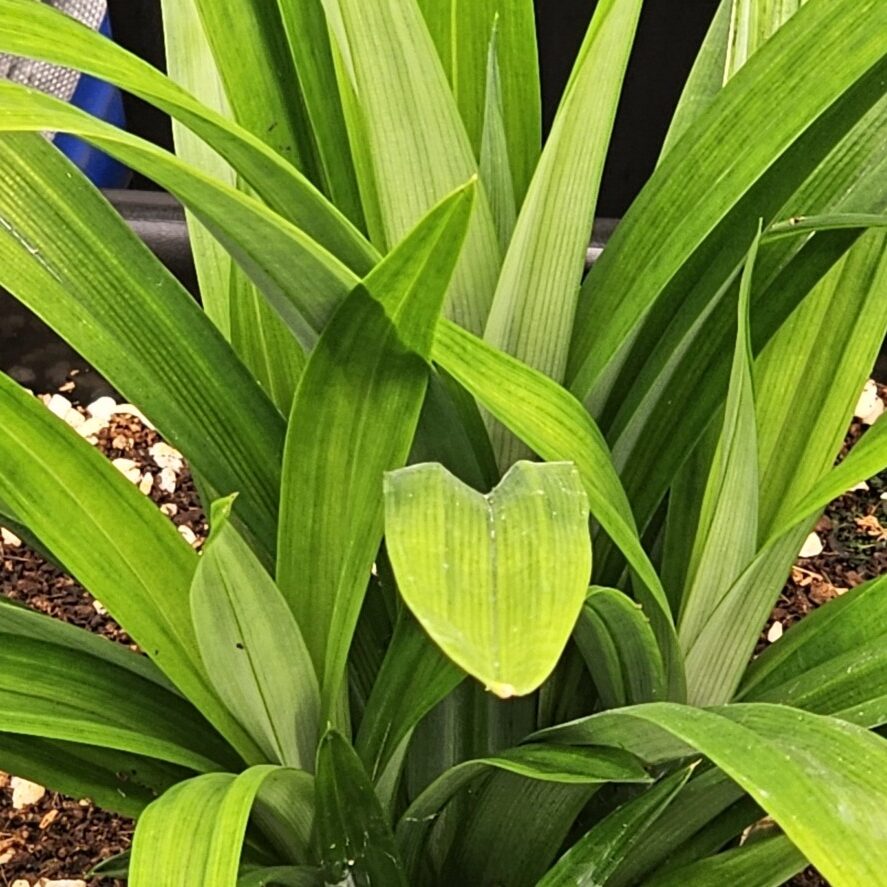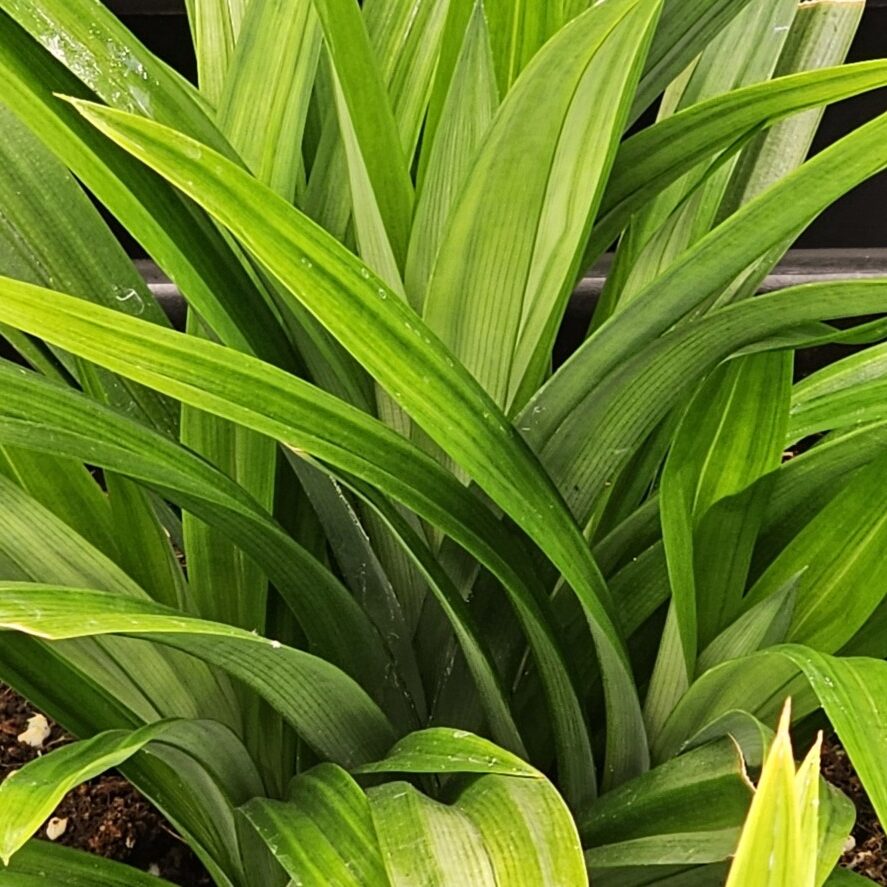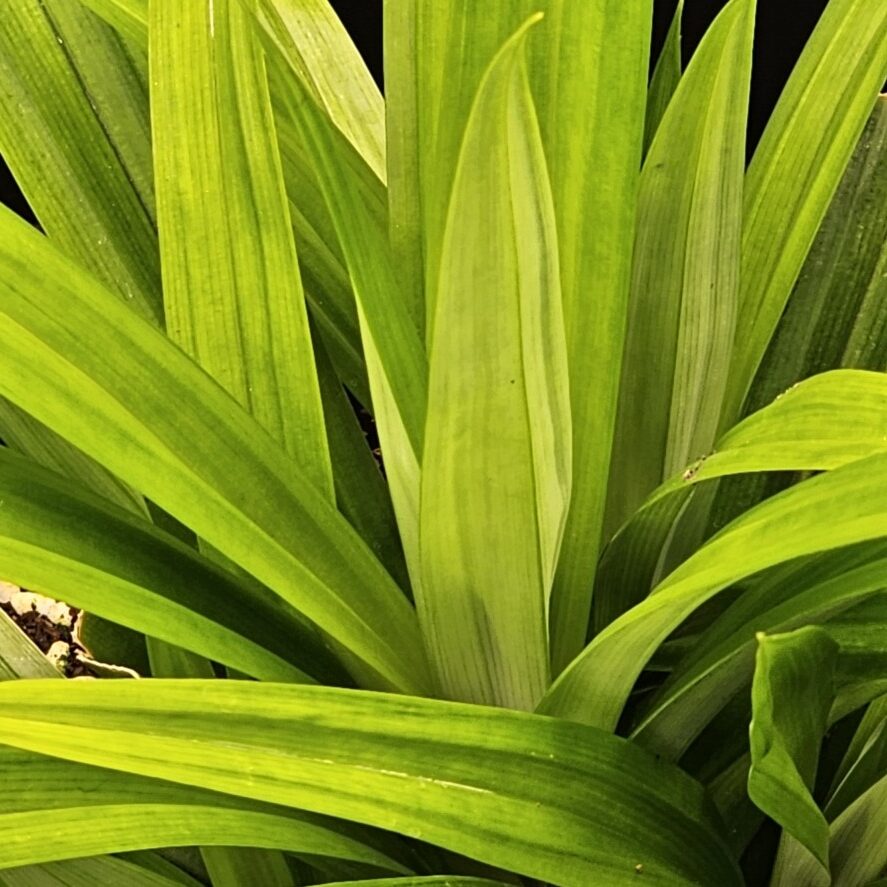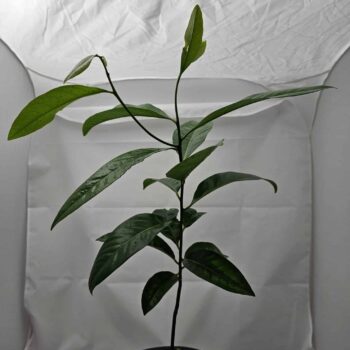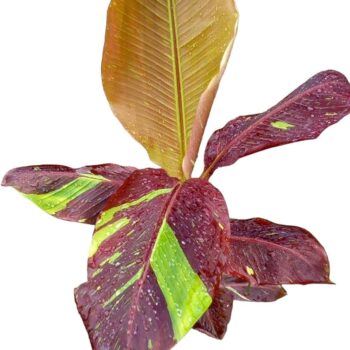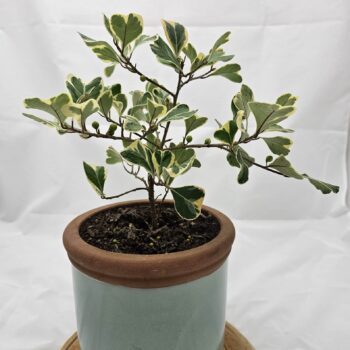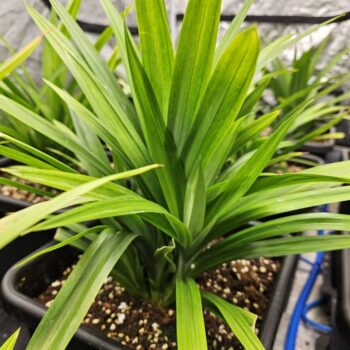Disclaimer
Just a quick heads-up: the info on this website is here to guide you on your green journey, but it's not the final word. We do our best to keep everything accurate, but Troppo and our team can't take responsibility for every opinion or detail shared. If you're diving into planting—whether it’s a cozy backyard project or a big commercial venture—we highly recommend chatting with local experts who know the ropes in your neck of the woods. They’ll help you pick the perfect plants and make sure your crops are a smashing success! Happy gardening! 🌱🌷
Back to products


Pink Frangipani in flower - 30l pot - 900 high
$325.00 Original price was: $325.00.$299.00Current price is: $299.00.
Pandan aka Pandanus amaryllifolius – large 15l autopot (freight included)
1 review
$375.00
You get one of these pandan plants in a 15l Autopot in cococoir and perlite with minimum 5 pandan growth points. That is a potential of 5(+) plants
Uses of Pandan
Pandan is prized not only for its fragrance but also for its versatility. Here are some popular uses:
- Culinary Uses:
- Flavoring: Pandan leaves are often used to flavor rice (like in Nasi Lemak), desserts (such as Pandan cake and jelly), and beverages. They impart a unique, subtle flavor that’s hard to replicate.
- Natural Coloring: The bright green pigment of Pandan can be extracted and used as a natural food coloring for cakes, pastries, and other desserts.
- Wrapping Food: Similar to banana leaves, Pandan leaves can be used to wrap food before steaming or grilling, infusing a mild, aromatic flavor into the dish.
- Medicinal Uses:
- Traditionally, Pandan has been used in folk medicine for its potential health benefits, such as reducing fever, easing arthritis pain, and relieving headaches.
- Craft and Household Uses:
- In some cultures, Pandan leaves are woven into mats, baskets, and even used as natural air fresheners due to their pleasant scent.
Add $5.00 to cart and get free shipping!
1 in stock
10
People watching this product now!
Categories: Edibles | Food Forest | Armageddon Garden, Rare Plants
Tags: air freshener plants, aromatic leaves, crafting with Pandan, culinary uses of Pandan, edible plants, garden aesthetics, gardening community, gardening tips, growing Pandan, herbal plants, how to grow Pandan, indoor gardening, kitchen garden, medicinal uses of Pandan, natural food coloring, Organic Gardening, Pandan plants, Pandan uses, Pandanus amaryllifolius, Plant Care, plant enthusiasts, plant propagation, plant-based recipes, Southeast Asian cuisine, sustainable gardening, tropical gardening, tropical plants, unique plant varieties
Vendor: Troppo
Description
Welcome to our comprehensive guide on Pandan plants! Known for their aromatic leaves and versatile uses, Pandan plants (Pandanus amaryllifolius) are a favorite in many tropical gardens and kitchens around the world. Whether you’re a seasoned gardener or just starting your plant journey, Pandan offers an exciting opportunity to explore the flavors of Southeast Asia right in your backyard. In this blog, we’ll dive into what makes Pandan so special, how to grow it successfully, and the various ways you can use it in your cooking.
What is Pandan?
Pandan is a tropical plant known for its unique, sweet aroma and bright green leaves. It’s a staple in Southeast Asian cuisine, particularly in countries like Thailand, Malaysia, Indonesia, and the Philippines. The leaves are often used to infuse flavor into rice, desserts, and savory dishes, adding a subtle, vanilla-like fragrance that’s both refreshing and delicious.
Why Grow Pandan?
Growing Pandan is not just about having a beautiful tropical plant in your garden; it’s also about adding a versatile ingredient to your kitchen. Here are some reasons why you should consider growing Pandan:
- Aromatic Leaves: The leaves of the Pandan plant are fragrant and can be used fresh or dried in various culinary applications.
- Versatility: Beyond the kitchen, Pandan leaves are also used in traditional medicine and crafting, making them a multipurpose plant.
- Tropical Aesthetic: With its bright green, strappy leaves, Pandan adds a lush, tropical vibe to any garden or indoor plant collection.
Growing Pandan: Tips for Success
Pandan plants are relatively easy to grow, especially if you live in a warm, humid climate. Here’s how you can ensure your Pandan plant thrives:
- Climate and Location:
- Pandan thrives in tropical and subtropical climates. It prefers warm, humid conditions and cannot tolerate frost. If you live in a cooler climate, consider growing Pandan indoors or in a greenhouse.
- Choose a location with partial shade to full sun. Pandan plants can tolerate some direct sunlight, but too much intense light can scorch their leaves.
- Soil Requirements:
- Pandan prefers well-draining, loamy soil that is rich in organic matter. Ensure the soil remains moist but not waterlogged. Adding compost can improve soil fertility and drainage.
- Watering:
- Keep the soil consistently moist, especially during the hot summer months. However, avoid overwatering, which can lead to root rot. Water the plant regularly, allowing the top inch of soil to dry out slightly between waterings.
- Fertilization:
- Feed your Pandan plant with a balanced liquid fertilizer every 4-6 weeks during the growing season (spring and summer) to encourage healthy growth.
- Propagation:
- Pandan can be propagated through suckers or offshoots that grow at the base of the plant. Carefully remove these suckers with roots intact and replant them in a separate pot or directly in the ground.
- Pest and Disease Control:
- Pandan plants are generally hardy and resistant to pests. However, keep an eye out for common garden pests like aphids or spider mites and treat them promptly with insecticidal soap or neem oil if needed.
Harvesting Pandan Leaves
Once your Pandan plant has established itself and has several mature leaves, you can start harvesting:
- How to Harvest: Use a sharp pair of scissors or pruning shears to cut the leaves close to the base. Harvest leaves as needed, but avoid taking too many at once to prevent stressing the plant.
- Storage: Fresh Pandan leaves can be stored in the refrigerator for up to a week. For longer storage, consider freezing them.
Bringing Pandan to Your Home
Adding Pandan to your garden or home not only brings a touch of the tropics to your space but also provides a sustainable source of this versatile plant for cooking, crafting, and more. Whether you’re brewing a pot of fragrant pandan tea or crafting a unique homemade air freshener, the possibilities are endless!
Ready to grow your own Pandan plant? Browse our selection of Pandan plants and start your tropical garden journey today!
Happy gardening!
Shipping & Delivery
Vendor Details
Product Inquiry
Your name:
Your email address:
Your message:
H
Harjit Sidhu Steve is a pleasure to deal with. Plants were perfect in good condition and well packed for shipping. Very happy with purchase and communication.
Thank you for your kind words and for choosing our Pandan plants! We're delighted to hear that you were happy with your purchase and our communication. It was a pleasure doing business with you. Pleasure was all mine, happy growing ;-)
Related products
Black Sapote 7.5L – The Chocolate Pudding Fruit, Black Persimmon, Diospyros digyna
You are buying a Chocolate Pudding Fruit / Black Persimmon / Black Sapote (Diospyros digyna) seedling as pictured, planted in a 7.5 litre pot. You are buying a plant the same or very similar to the one in pictures.
These seedlings hail from a top-notch crop grown in Brisbane, Australia. They boast large, juicy fruits with sky-high sweetness levels, thanks to their high brix count. These plants are rock stars in the North Island, thriving and producing delicious treats!
The Black Sapote is a Tomato-like fruit, 10 x 13 cm. large berry with a thin and firm rind. Its colour is shining dark green with brown specs. The fruit flesh is rich, dark brown collared and custard like and is therefore called the Chocolate pudding fruit. Complete ripe fruits are often ugly brown. Black sapote's flesh is rich and custard-like, with a sweet, nut-like mild flavour and when ripe fruit pulp is blended with milk, cream or ice-cream, it tastes like mild chocolate - but without the caffeine or calories!
Bring Paradise Home: Strelitzia reginae Seedlings for Sale!
Meet the showstopper of the plant world, the Strelitzia reginae, better known as the Bird of Paradise! This stunning plant isn't just a feast for the eyes—it's a tropical paradise in a pot. Imagine vibrant, bird-like flowers bursting with color, perched atop lush green leaves that scream elegance and style. Whether you're a seasoned gardener or just getting your green thumb, the Bird of Paradise is ready to transform any space into an exotic haven. It’s no wonder this beauty is a favorite among plant enthusiasts everywhere. Ready to bring a slice of paradise into your home? Dive into the world of Strelitzia reginae and watch your space bloom with tropical charm!
Packet of 25 Fresh Strelitzia nicolai Seeds Germinated in Bay of Plenty, NZ
Each packet contains 25 fresh Strelitzia nicolai seeds, germinated locally in the Bay of Plenty, NZ. Order yours today and start growing this exotic beauty in your garden!
Transform your garden with the vibrant and exotic Strelitzia nicolai. Order today and enjoy the beauty of this stunning plant!
For bulk seed orders please contact us
Revered Roots: The Sacred Fig Tree (Ficus religiosa) [RARE] clone off mature tree
The Sacred Fig Tree, also known by many names including the Bodhi Tree, Peepul Tree, Peepal Tree, Pipala Tree, or Ashvattha Tree, is a species of fig native to the Indian subcontinent. Its scientific name is Ficus religiosa. This tree holds immense religious significance in four major religions that originated in this region: Hinduism, Buddhism, Sikhism, and Jainism.
The Red Pineapple (Ananas bracteatus)
The Red Pineapple (Ananas bracteatus), also known as the Ornamental Pineapple, is a striking and versatile tropical plant that adds a splash of vibrant color to any garden or indoor space. Known for its stunning red-hued fruit and attractive foliage, this plant is both ornamental and functional.

Key Features
- Striking Appearance: The Red Pineapple is renowned for its eye-catching red fruit, which is smaller but more colorful than the common pineapple. Its bright, reddish-pink bracts and green foliage make it a standout in any setting.
- Versatile Use: This plant can be grown both outdoors in tropical and subtropical climates and indoors as a potted plant in cooler regions.
- Easy to Grow: The Red Pineapple is a low-maintenance plant that thrives in well-drained soil and requires minimal watering once established. It's also resistant to many common pests and diseases.
- Edible and Ornamental: While primarily grown for its ornamental value, the fruit of the Red Pineapple is edible and can be enjoyed fresh, though it is often more tart than commercial pineapples.

Photo by PROJETO CAFÉ GATO-MOURISCO on Unsplash
Sizzle with Style: Discover the Musa Siam Ruby Banana! 8.5L
Get ready to add a splash of tropical flair to your garden or home with the Musa Siam Ruby Banana! Known for its striking red foliage and compact size, this dazzling banana plant is the perfect blend of exotic beauty and easy care. Whether you're dreaming of a lush backyard oasis or a vibrant indoor jungle, the Siam Ruby Banana is here to steal the show.
Why You'll Love the Siam Ruby Banana:
- Exotic Red Foliage: The Siam Ruby Banana boasts deep red leaves that create a stunning visual impact. Its rich hues are sure to catch everyone's eye and make your space pop!
- Compact and Versatile: This plant is perfect for smaller gardens or containers, making it a fantastic choice for patios, balconies, or even as a houseplant.
- Low Maintenance: Despite its exotic looks, the Siam Ruby Banana is surprisingly easy to care for. It's a hardy plant that thrives with minimal fuss.
- Tropical Vibes: Bring a touch of the tropics to your home with this unique banana plant. Its vibrant colors and lush leaves create a vacation-like atmosphere right in your own backyard.
Bring Home the Siam Ruby Banana:
Ready to transform your space with a burst of tropical color? The Musa Siam Ruby Banana is your ticket to a vibrant, exotic garden or indoor paradise. Whether you're a plant enthusiast or just looking for something unique, this banana plant is sure to impress.Variegated Ficus Deltoidea in ceramic pot (flowered & fruited)
Commonly known as the mistletoe fig, this evergreen shrub is a beautiful addition to any home. Its delicate leaves, featuring a creamy yellow and green hue, make it a stunning houseplant that complements any decor.
Native to Southeast Asia, this plant thrives in similar climates and could be the perfect choice if you're looking for a resilient and low-maintenance indoor plant.


